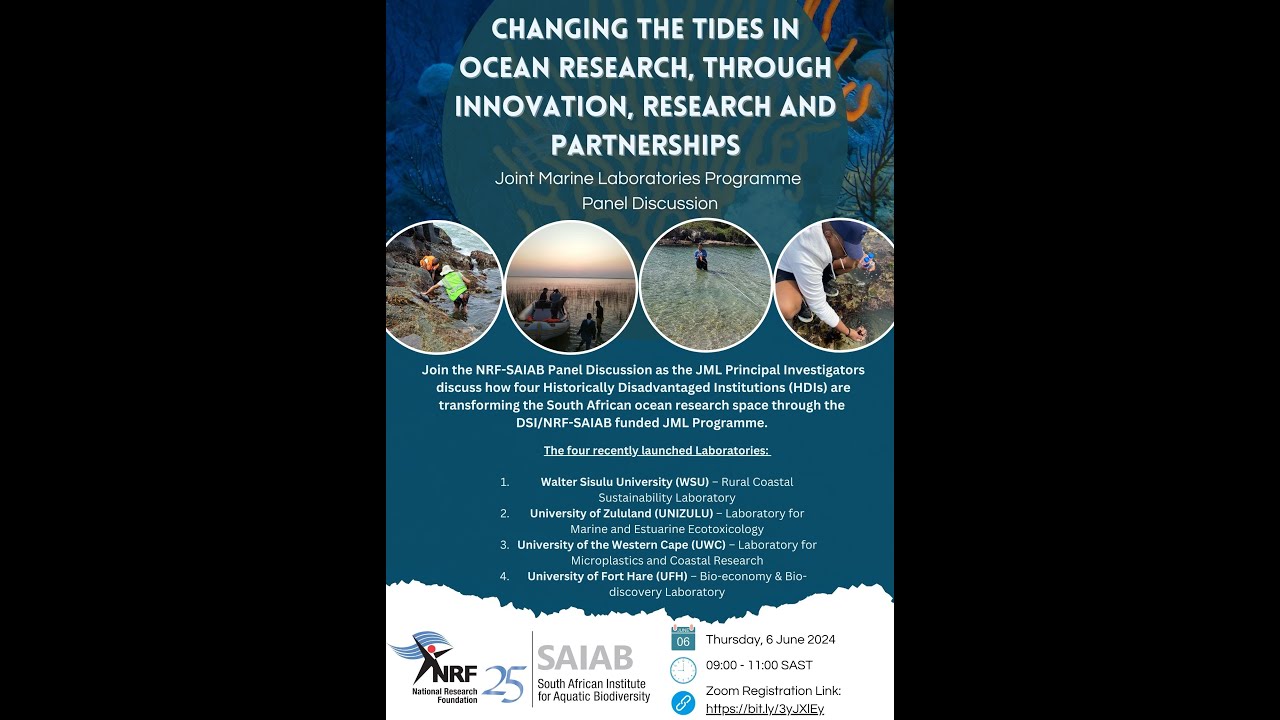
Navigating the Currents of Python and Invasive Species: A Tale of Two Perspectives
In the intricate web of ecosystems, the introduction of non-native species can lead to significant alterations in biodiversity. Recently, Florida has witnessed the alarming impact of the invasive Burmese python, an apex predator that has disrupted the natural order of wildlife, evidenced by its ability to devour creatures as large as deer and alligators whole. In contrast, the scientific community is harnessing technology, specifically the open-source Python framework Marimba, to enhance marine biodiversity research. This juxtaposition of destruction and innovation creates a compelling narrative about the usage and impact of Python, both as a programming language and as a species.
The Shadow of the Burmese Python
 The incredible size of Burmese pythons underscores their threat to local wildlife.
The incredible size of Burmese pythons underscores their threat to local wildlife.
Biologists studying the Everglades have revealed startling truths about the Burmese python’s predatory behaviors. Research published in the journal Reptiles & Amphibians confirms that these snakes can consume prey that is nearly their entire body weight. During an unprecedented observation in December 2022, researchers found a 15-foot female python half-consumed a 77-pound white-tailed deer. Ian Bartoszek, a wildlife biologist, describes the incident as a primal moment, akin to witnessing nature’s raw violence.
“For us biologists, this was the most intense thing we’ve ever seen on assignment. This was as primal as it gets.”
This disturbing account is not an isolated incident; it reflects the severe ecological threat posed by these invasive snakes. Their presence has led to drastic declines in native mammal populations, evidenced by a 2012 study indicating a staggering 99.3% decline in raccoon populations and an 87.5% decline in bobcats since 1997. The sprawling Everglades ecosystem, once vibrant with diverse fauna, is increasingly at risk.
The Python Paradigm Shift
However, while the Burmese python wreaks havoc in Florida’s wetlands, another Python is emerging in the realm of scientific research. Marimba, a recently developed Python framework, aims to broaden the impact of marine research through efficient data handling and collaboration. Launched at the 5th Marine Imaging Workshop 2024, Marimba addresses the challenges faced by researchers who struggle to manage vast databases of marine imagery.
 Enhancing marine research with advanced data tools.
Enhancing marine research with advanced data tools.
Chris Jackett and his team at CSIRO have created a solution that adheres to the FAIR principles—making scientific data Findable, Accessible, Interoperable, and Reusable. According to Jackett, Marimba is adaptable to any type of imagery, whether sourced from standard cameras or specialized instruments like imaging flow cytometers. This flexibility lends itself well to marine biodiversity projects, allowing for comprehensive data structuring and processing that could significantly advance the field.
Ecological Impacts: A Study in Contrasts
“Imagine just thousands and thousands of pythons eating their way through the Everglades.”
As the deadly Burmese python continues its reign of terror across Florida, swallowing indignant prey and changing the very fabric of its environment, initiatives like Marimba emerge as instruments of hope. Where the python’s impact is destructive, the Marimba framework stands to foster collaboration and enhance the accessibility of vital marine data, demonstrating how technology can play a pivotal role in conservation.
In the face of the invasive species crisis, scientists equipped with advanced tools can now study ecological shifts more effectively. The framework’s capabilities allow researchers to scrutinize marine ecosystems, generate significant insights and ultimately contribute to conservation strategies. As invasive species like the Burmese python displace native wildlife, data-driven initiatives such as Marimba could represent a lifeline for conservation efforts.
Collaborative Solutions for Global Challenges
 Innovative technology is reshaping the landscape of marine research.
Innovative technology is reshaping the landscape of marine research.
At the core of the ongoing battle against invasive species is a pressing need for collaboration across scientific disciplines. Marimba’s open-source framework is expected to undergo continuous improvement, ensuring that scientists can effectively manage data collected in diverse environments. By empowering researchers with necessary tools to harness the growing volume of data, increased collaboration can emerge, fostering a collective approach to understanding and minimizing the impacts of invasive species.
As ecological crises become more frequent and severe, the narratives surrounding both the destructive Burmese python and the innovative Marimba framework illuminate the complex interplay between adversity and technological advancement. In battling both the serpent’s encroachment and conserving global marine biodiversity, a comprehensive strategy may very well reside in the intersection of ecological awareness and technological progress.
Conclusion: Diving Deeper into Ethical Considerations
With these dual themes of destruction and innovation converging, ethical conversations surrounding invasive species management and technological research solutions must also emerge. How do we balance the need for immediate action against invasive species while fostering scientific advancements that may contribute to long-term solutions?
In this ongoing saga of survival, adaptability will be key. Both biologists tracking Burmese pythons and scientists employing the Marimba framework must continue to convene in efforts to restore the equilibrium in our ecosystems and safeguard our natural world against future threats. As we navigate these waters, it becomes clear that every Python, in every context, tells a story rich with implications for our shared environment.














